The aquarium community is less familiar with True Rotala indica compared to other plants. It’s often sold under trade names like Ammania sp. “Bonsai” or Rotala sp. “Bonsai”. However, the identification of its flowers has confirmed it as R. indica. Confusion arose previously when the name Rotala indica was incorrectly applied to another species, Rotala rotundifolia. Rotala indica has a distinctive appearance, resembling a compact miniature version of Bacopa caroliniana. It grows slowly and tends to develop reddish shoot tips and stems under ample light. With its thick, straight stems and round leaves, it’s best planted in groups in the foreground or midground of an aquarium. While it’s particularly well-suited to smaller tanks, a large grouping can also complement a larger aquarium. To thrive, R. indica requires good lighting (at least 0.5 watts per liter), along with an adequate supply of CO2 and nutrients. It’s essential to avoid planting R. indica in shaded areas.
Confusion surrounding the name Rotala indica in the aquarium world can be traced back to the 1960s when Rotala rotundifolia was mistakenly labeled as “Rotala indica”. Even today, reddish variations of the highly variable R. rotundifolia are often sold under the name “Rotala indica” in the trade.
The true R. indica, however, is a distinct species that hasn’t gained much prominence as an aquarium plant. Recently, the plant marketed as “Ammannia sp. ‘Bonsai'” has been correctly identified as true Rotala indica, after being confused with Lindernia sp. “India”.
Rotala indica is commonly found in the warmer regions of Asia and is frequently seen as a seasonal weed in rice paddies. It has also been introduced to other rice-growing regions, such as Northern Italy.
Both the emerged and submerged forms of R. indica differ noticeably from R. rotundifolia. R. indica leaves measure 0.5-1.7 cm long and appear obovate to spatulate with blunt tips. One characteristic feature of R. indica, distinct from R. rotundifolia, is its “cartilaginous” leaf margin, which appears thicker and whitish-transparent when observed closely. In submerged form, R. indica grows strictly upright with dense foliage, relatively thick stems, and minimal branching. The shoot tips may turn reddish under ample light.
In contrast, the emerged form of R. indica features stems that lie close to the ground. Its small reddish flowers emerge on short lateral shoots or in leaf axils along the stem, with inconspicuous petals. This differs from R. rotundifolia, where flowers are more prominent, arranged in upright spikes at the shoot tip.
Rotala indica tends to grow slowly and has relatively high requirements for light intensity and nutrient availability in the aquarium. Its upright, pillar-like shoots are best planted as larger individual groups of stems of varying lengths in the midground of a tank.
Detailed information about the aquatic plant Rotala Indica:
- Common Name: Indian Toothcup
- Synonyms: Ameletia indica (Willd.) DC.
- Misapplied Names: Ammania sp. ”Bonsai”, Ammannia sp. ”Bonsai”
- Trader Names: Ammania bonsai
- Complete Botanical Name: Rotala indica (Willd.) Koehne
- Family: Lythraceae
- Genus: Rotala
- Difficulty: Medium
- Usage: Midground, Nano tanks, Street (Dutch style), Foreground, group
- Growth: Medium
- pH Value: 5 – 7
- Temperature Tolerance: 18 – 30°C
- Carbonate Hardness: 0 – 14°dKH
- General Hardness: 0 – 30°dGH
- Propagation: Cuttings
- Can Grow Emersed? Yes
Be the first to review “Rotala Indica | Aquatic Plant”
You must be logged in to post a review.
Related products
Aquatic Plants
Aquatic Plants
Aquatic Plants
Aquatic Plants
Aquatic Plants
Aquatic Plants
Aquatic Plants
Aquatic Plants

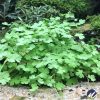
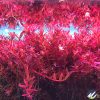

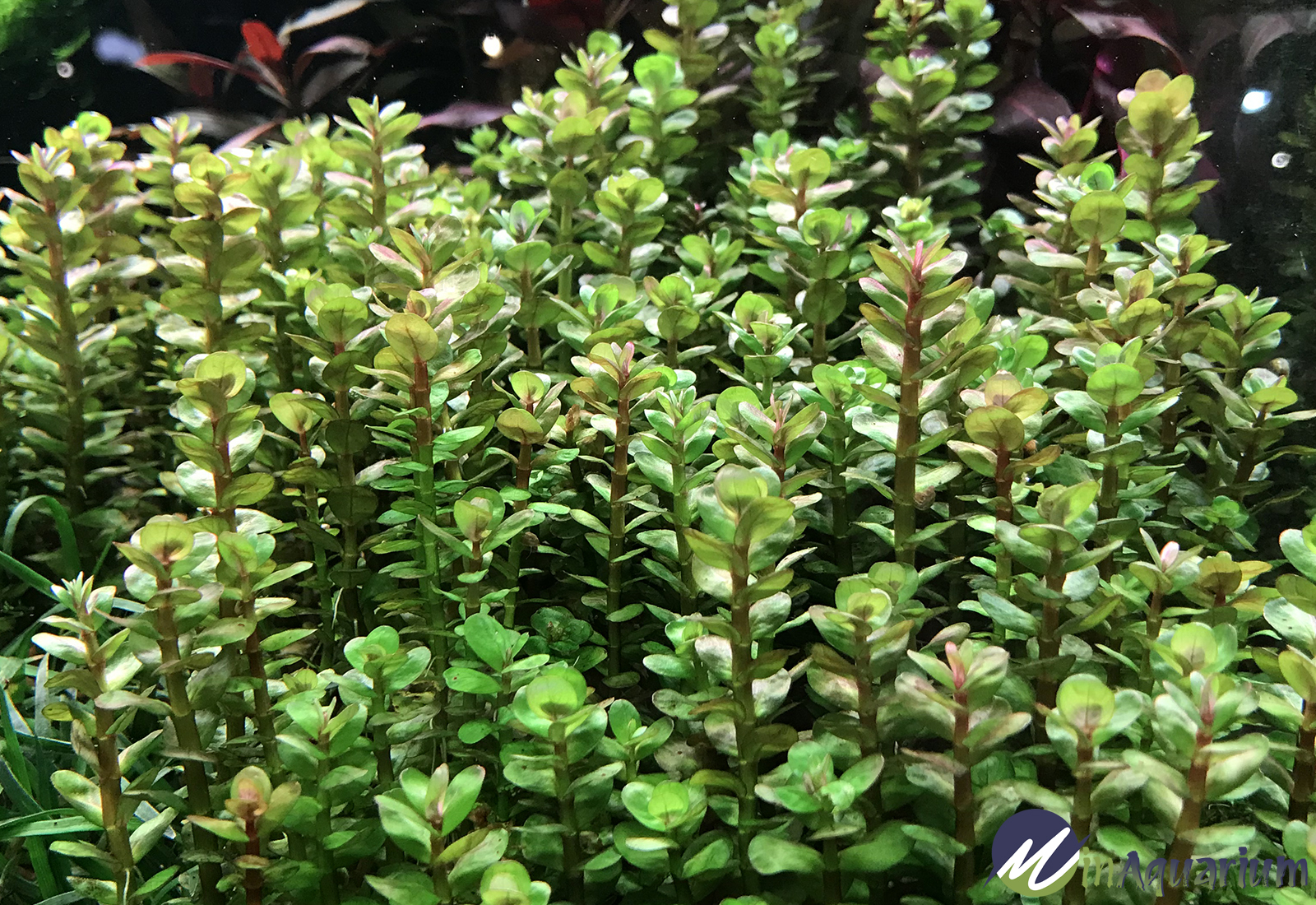
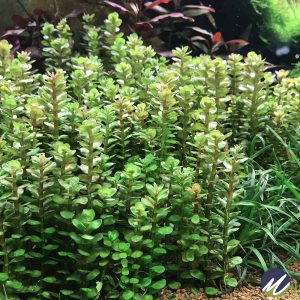
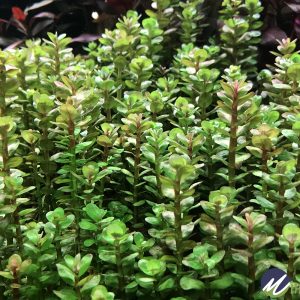
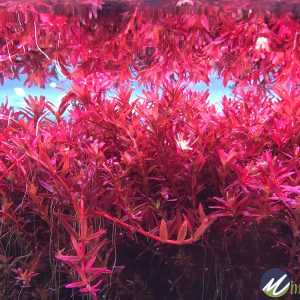

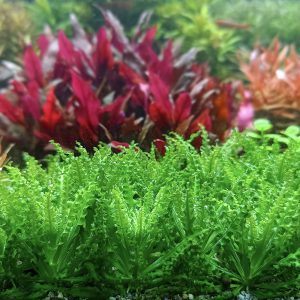
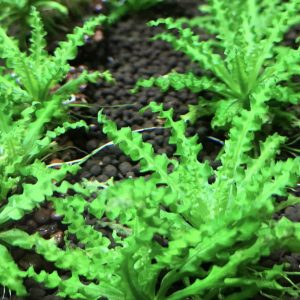
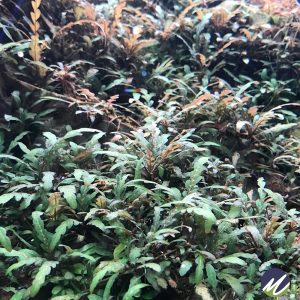



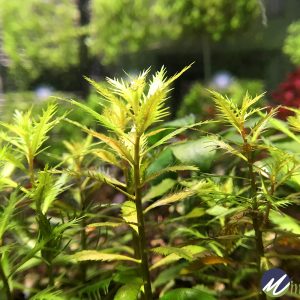
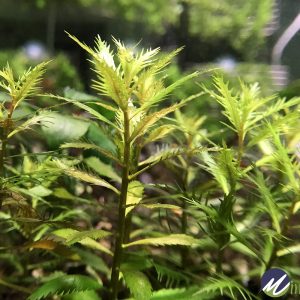
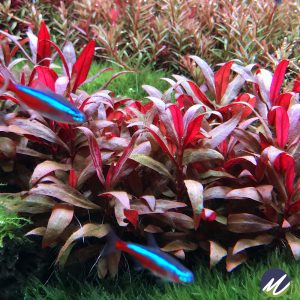
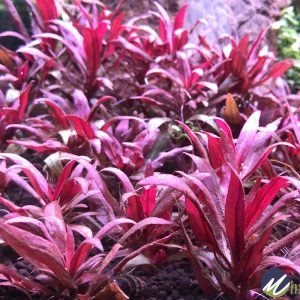
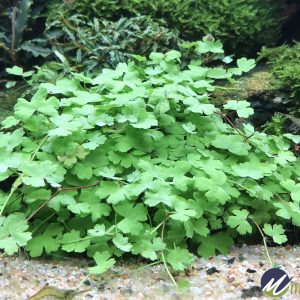
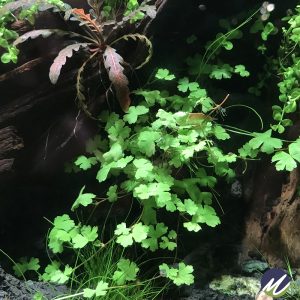
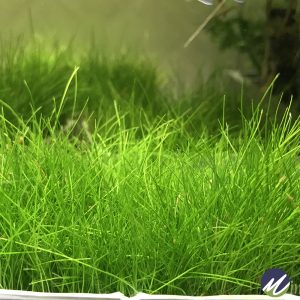
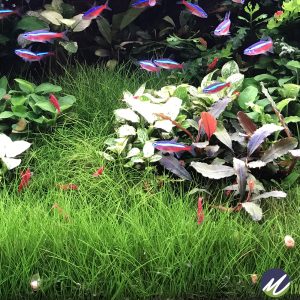
Reviews
There are no reviews yet.